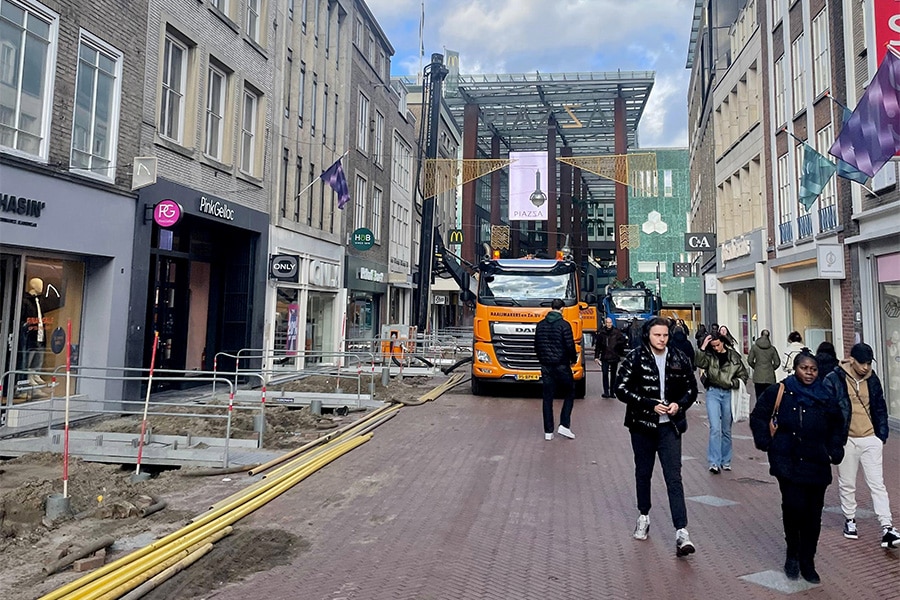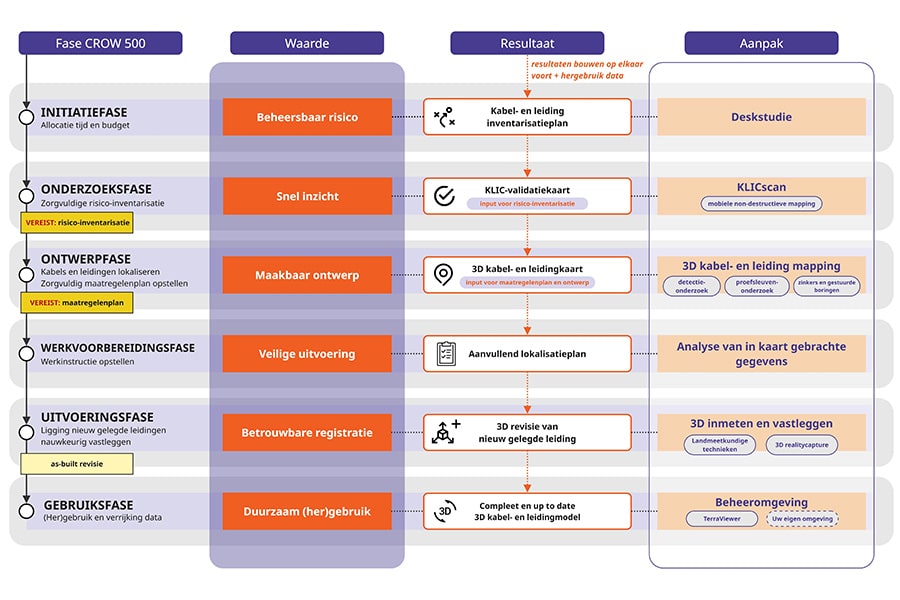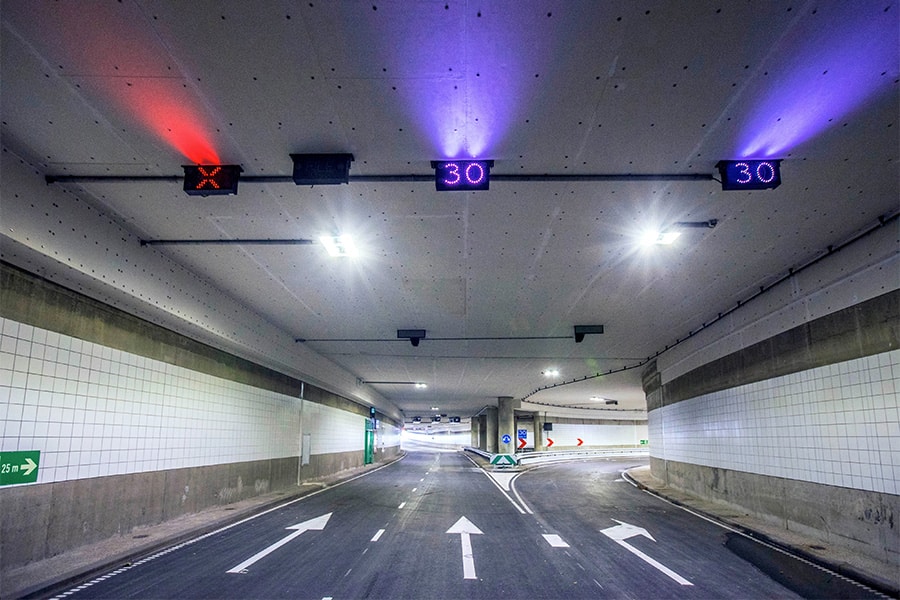
Emma Quarter: connection between specific specialties
In April 2018, the above- and below-ground climate-adaptive redevelopment of the Emma Quarter began, with the work completed in May 2019. Part of the redevelopment is the replacement of the sewers and construction of a drainage-transport sewer (DT sewer).
Wareco, as a nationally operating specialist in urban water, groundwater, drought, environmental monitoring and soil testing, is involved in all phases from initiation to realization and management.
Sustainable and climate-proof landscaping
The Emmakwartier, like many old neighborhoods in low-lying Netherlands, is a high-risk, technically challenging environment. With pre-war buildings, mainly founded on steel or wooden pile foundations, shallow weak clay/peat layers and high groundwater levels leading to moisture problems in the houses. At the same time, low groundwater levels occur in dry (summer) periods, which can lead to subsidence and/or dryness of wooden pile foundations. There is also little above-ground space for green, gray and blue.
This inner-city complexity requires a connection between specific specialties. Building knowledge, civil engineering, (ground) water engineering and about drought. Wareco has used precisely this unique combination of specialist knowledge and measuring services to seize the redevelopment, despite the complex circumstances, as an opportunity for the sustainable and climate-proof design of the district. With an eye for the built environment.
What was performed by Wareco:
- Conduct prior soil and groundwater and geotechnical investigations of current and future conditions;
- designing practically feasible and manageable groundwater and stormwater measures;
- monitoring prior, during and after work to prevent damage to the built environment and reassure residents;
- coordination with local residents on minimizing damage to the surrounding area and improving water resources in the neighborhood.
Research and design
DT sewer
The preliminary groundwater study considered the draining effect of the old sewer system and the risk of groundwater flooding when replacing current leaking sewers. From this it followed that groundwater measures are necessary in the redevelopment, taking climate change into account. Wareco therefore designed a total system (DT sewer):
- Diameters ranging from 300 mm to 600 mm, laying level from about 0.6 m to 0.9 m below groundwater level;
- Direct discharge of rainwater and groundwater to surface water to prevent high groundwater levels;
- Thresholds in the overflow pits allow the system to retain rainwater longer during periods of lower groundwater levels.
Through early research, the risks were quickly identified and thus the design could be prepared without surprises. The residents were assisted by Stadswerk072 in measures against moisture nuisance. By involving residents in the groundwater investigation and design measures at an early stage, support in the neighborhood was created.
Environmentally conscious implementation
During implementation, the high-risk environment was the focus. A lowering of the groundwater level right next to pre-war buildings, with the weak soil layers, leads to a subsidence risk and damage (in addition to walk-out works, reputation damage, etc.). A drainage recommendation was therefore prepared prior to the work in accordance with the BRL12010 protocol. In the drainage recommendation the practical drainage method was determined. Part of the dewatering in this high-risk environment is the proactive monitoring in which the dewatering method is adjusted/adjusted together with the contractor, supervisor and monitoring parties. Groundwater level measurements were leading in this process.
Monitoring has included:
- continuous, real-time measurement systems, moving with the work in approximately 30 monitoring wells immediately adjacent to the facades in the pumped mudflat sand package;
- Daily activation and deactivation of pumping;
- height measurements (300 of them) to establish the baseline situation. Measurements after completion of the work provide insight into unexpected subsidence.
For smooth implementation and trust towards residents, this monitoring plays an important role.
Evaluation of DT sewer operation
Following the work, Wareco will continue to measure the groundwater levels scattered throughout the area for at least 1 year to gain insight into the operation of the DT sewer. This will make it possible to evaluate the extent to which the construction of the DT sewer after the sewer replacement has resulted in a more climate-resistant design of the neighborhood or whether any adjustments to the system are necessary.
Implementation risks scaled at the front end of the process
During the redevelopment, opportunities for the layout of the subsurface were taken up at an early stage with Stadswerk072. This has led to a total system in which excessive groundwater levels and rainwater nuisance are prevented and rainwater is cleverly retained and serves to supplement groundwater at low groundwater levels. The design process and implementation is set up in such a way that implementation risks are scaled in advance and monitored during the work itself. This resulted in a smooth and predictable execution, reassuring for the environment.
Wareco's nationally operating specialists in groundwater, urban water, construction, design, implementation and monitoring form a close-knit team in the process. The unique combination for a sustainable implementation method and climate-proof design.




